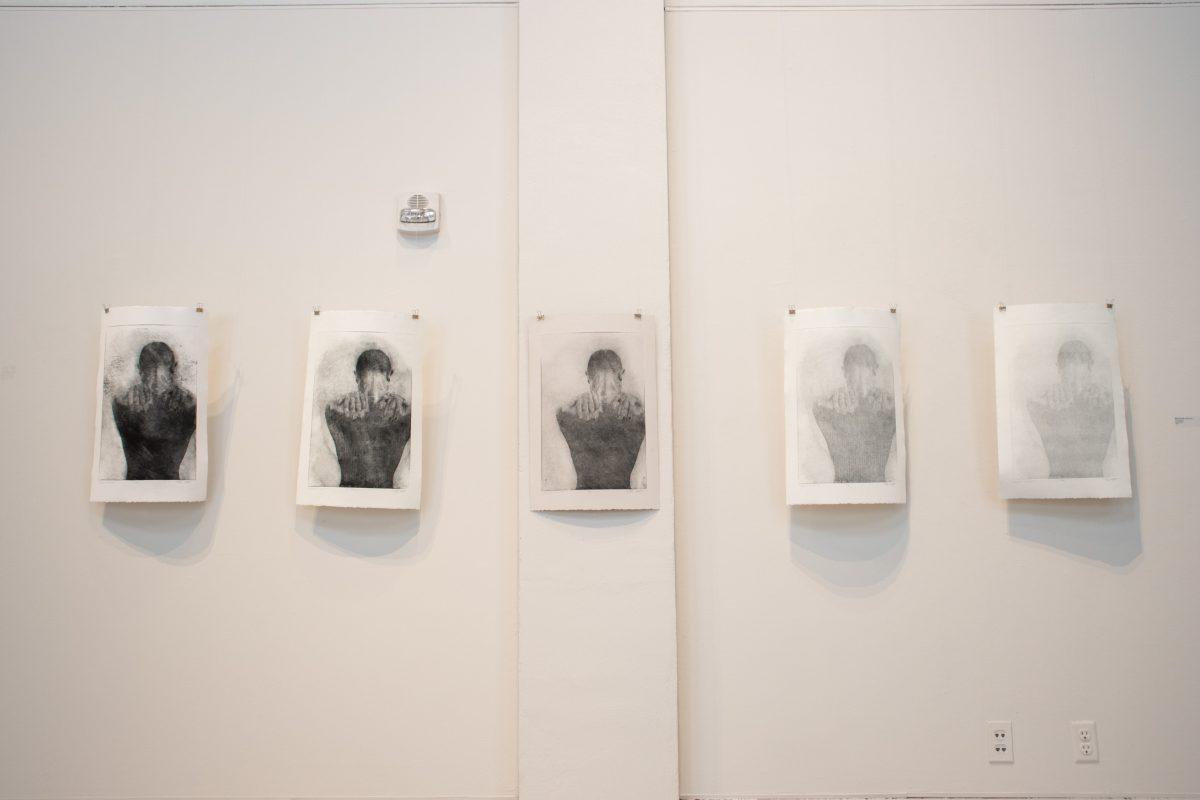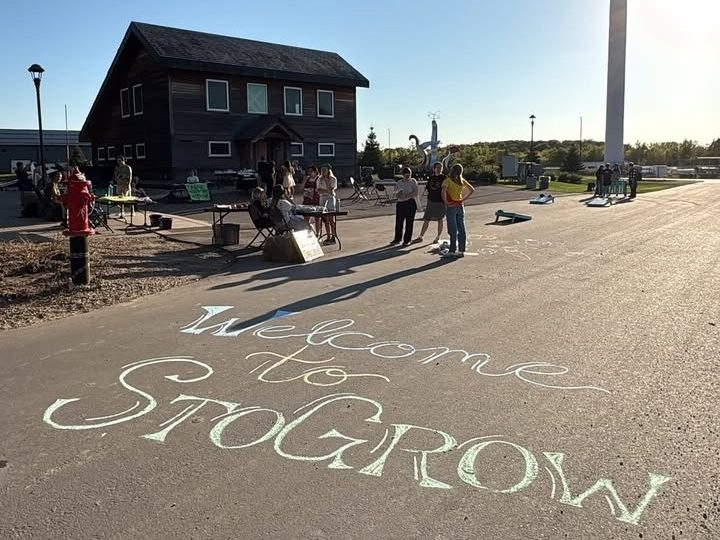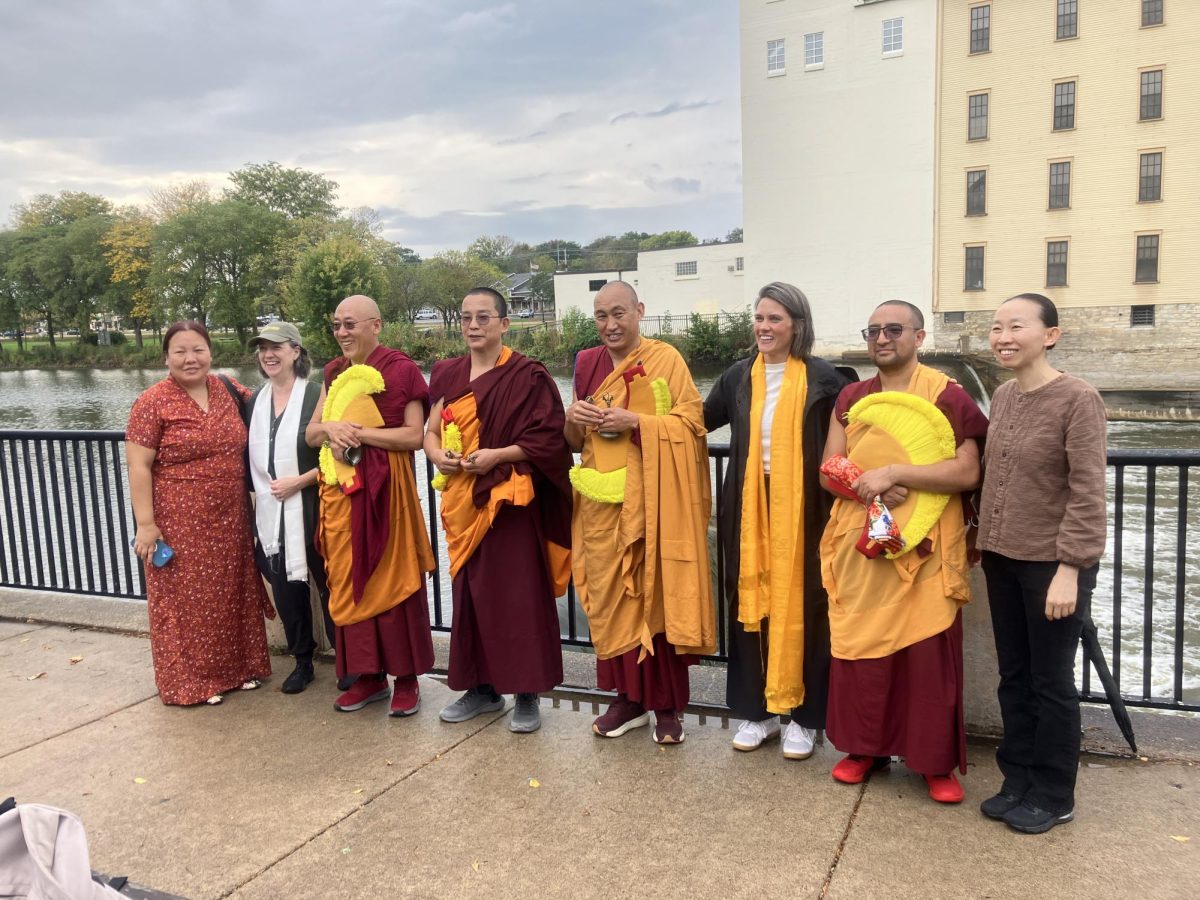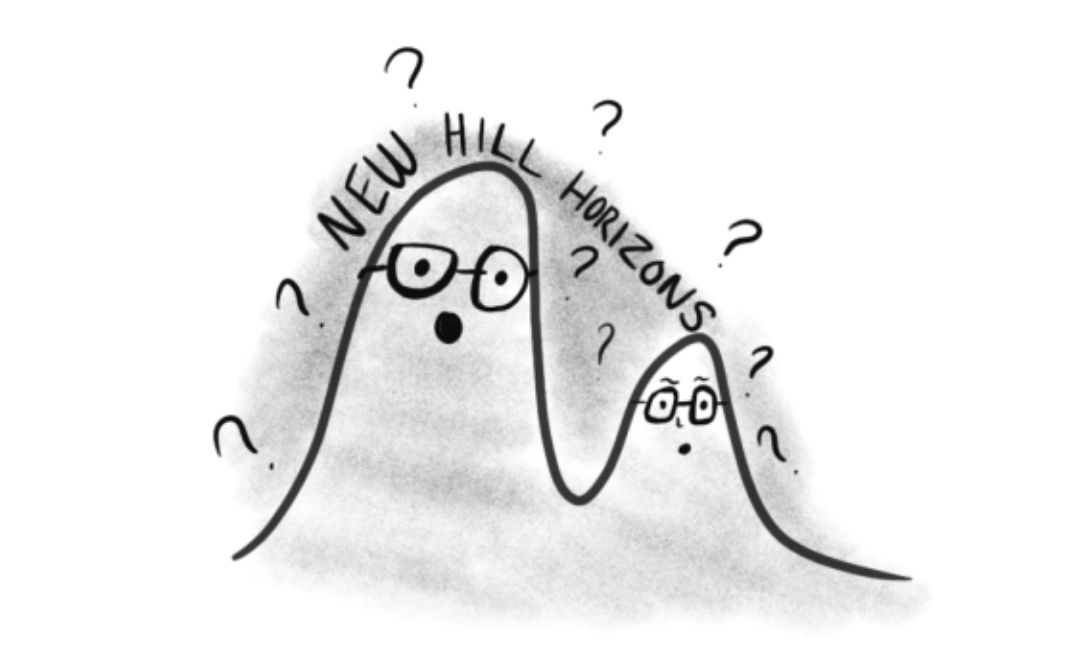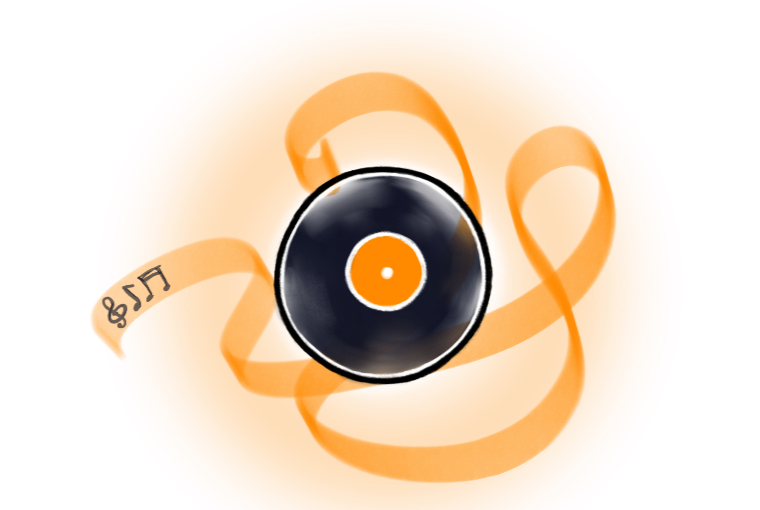UPRISING is an annual art exhibit for Black expression founded by Shaquille Brown ’19 in 2018. The show was started to commemorate the Collective for Change on the Hill protests in 2017 — a landmark student protest for campus efforts towards antiracism.
The curators of UPRISING V Lillian Ingabire ’22, Karabo Ramosamo ’22, and Ramos Lenyatsa ’23 took an unconventional approach when choosing the show’s theme. Lenyatsa said that they gave the artists the freedom to “do what they felt inspired by,” choosing the theme by looking at submissions.
Interestingly, they found that the artworks all included one theme: “Perception of Self.” Ingabire said that the similarities in this art, which was made by a very diverse group of students, “speaks to how people feel on this campus. They go through most of the same experience because they have this one thing in common.”
Ingabire said that the “overwhelming theme of duality, and sense of confusion and separation” relates to the fact that Black students “are aware of the looks that they get from other people. Some feel confused and lost, questioning their identity.”
Lenyatsa said that the artists were “inspired or confused by the way that they are looked upon,” leading to much reflection on the tensions between how they perceive themselves, and how others perceive them.
These complex perceptions of the self are examined in both painful and joyful ways. Many pieces choose to focus on the struggle of being at a school and in a country that has failed to address systemic racism. Theo Mattson ’23’s print series “Black in White,” for example, cleverly uses the fading of ink from print to print to show a Black person fading away against a paper-white background — this is a poignant expression of the erasure of identity that can happen at a predominantly white institution.
Other pieces celebrate the joy and beauty of the Black experience. Ruhama Solomon ’24’s multimedia piece “Revival/Revival (reloaded)” depicts her journey towards self-empowerment. To conclude the journey, she invites the viewer to listen to recordings of her loved ones saying “I love you,” among other supportive messages.
The wide emotional variety of the show seems only right. The curators were adamant that they didn’t want to limit the tone of the exhibit to one single feeling. Ingabire said that “[struggle and joy]… it goes together and it’s all part of the experience.”
Lenyatsa pointed to Ramosamo’s piece “Lost In a Concrete Jungle” as the perfect representation of this interplay between joy and pain. The illustration features a colorful portrait of a smiling, young, Black man. His hair is represented by an array of skyscrapers, which symbolize both his potential and the heavy pressure to succeed that the world has placed over his head.
Portraiture is a major component of the show. With such open instructions, the fact that so many artists chose to represent Black faces and bodies in such a direct manner makes a powerful statement. It speaks to the need for visibility on campus. Walking through this exhibit, the lack of honest and complex Black representation in other campus spaces becomes impossible to ignore.
The show also features pieces of many diverse mediums — painting and photography, but also installation art, poetry, and art with audio/visual components. The curators believe that this makes the show all the more nuanced, rich, and engaging.
When asked about their hopes for the future of UPRISING, Lenyatsa and Ingabire revealed some ambitious plans — rightly so, considering the quality and importance of their project. They want to bring the show’s reach beyond campus, possibly working with Carleton and bringing more Black art to the city of Northfield.
One big move towards this goal of expanding accessibility has already been made. This year includes UPRISING’s first digital publication.
It’s well worth visiting this powerful, intelligent show while you still have the chance. UPRISING V runs until March 6 in Groot Gallery.
